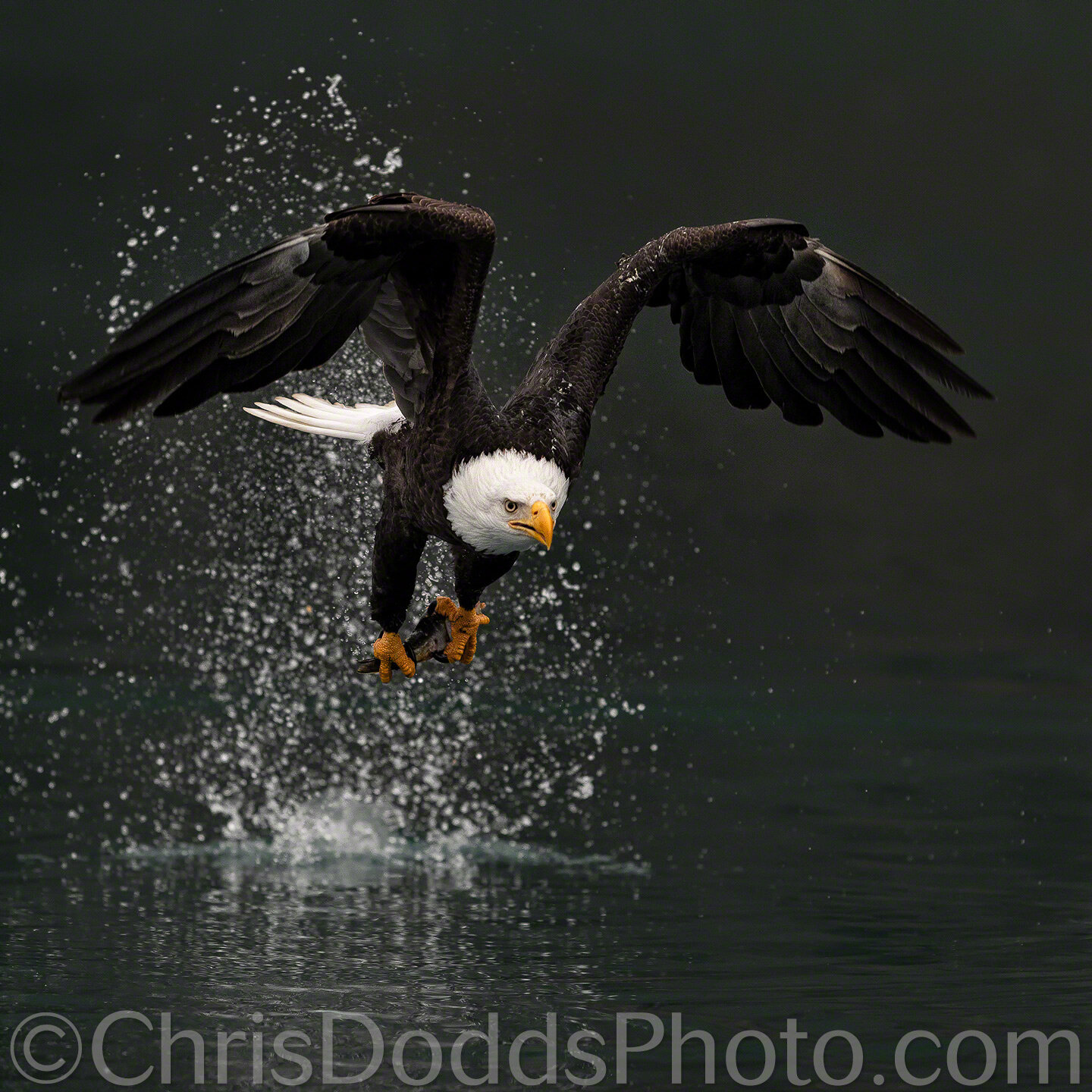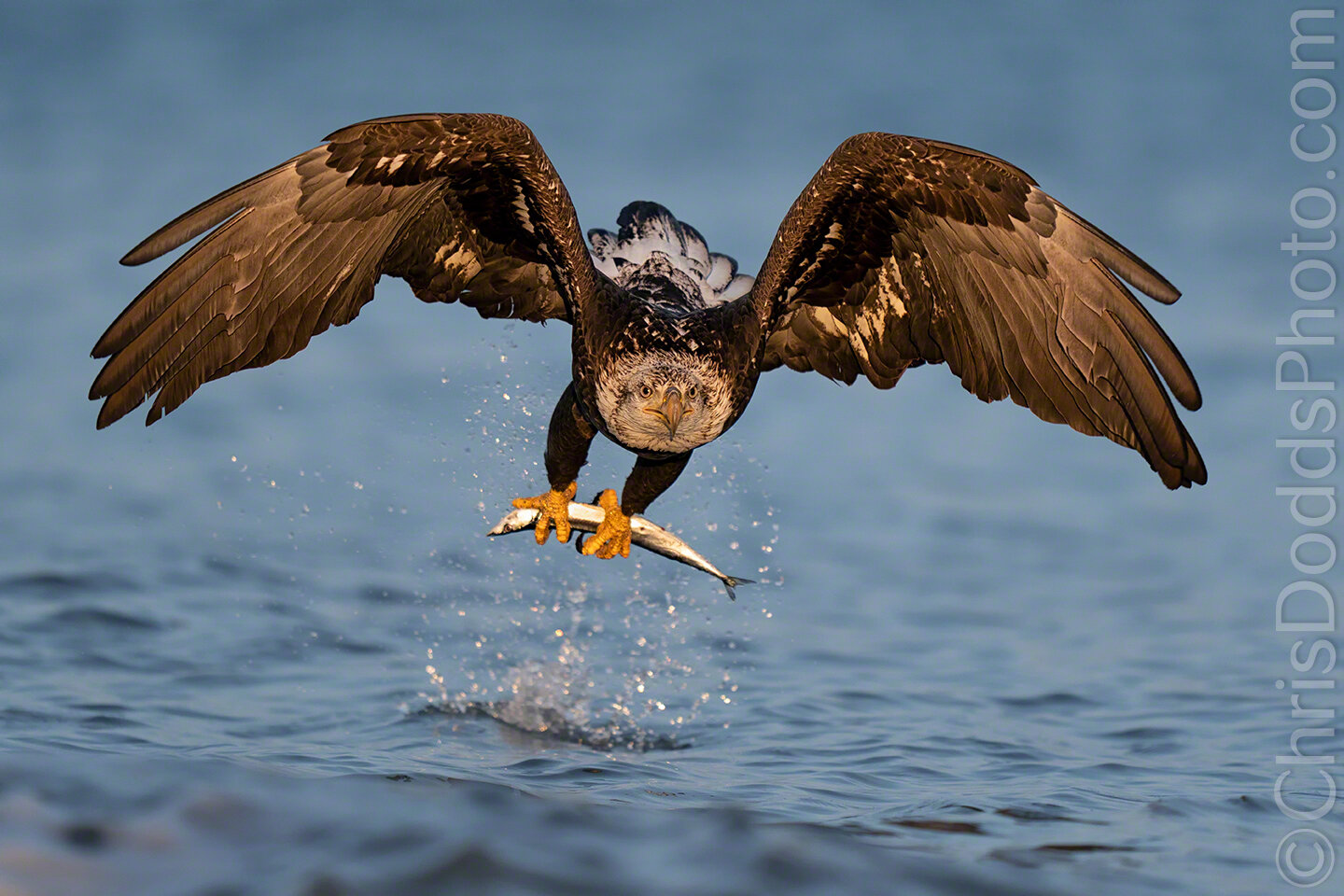An Osprey brings nesting material to it’s nest on Lake Blue Cypress during my Ospreys Galore and so much more workshop. If you are looking for a fun adventure and complete portfolio of Osprey images while learning everything there is to know about bird photography, then join me in Florida this April for my two daily cruises on Lake Blue Cypress aboard a pontoon boat. We will be a small crew with ample room and hundreds of Ospreys to choose from; many with fish, nesting material and babies in their nests at eye level.
Osprey with Nesting Material (Pandion haliaetus, Balbuzard pêcheur, OSPR) from my OSPREYS GALORE WORKSHOP near Vero Beach, Florida ©Christopher Dodds All Rights Reserved. Sony Alpha a9 Mirrorless camera & Sony FE 400mm f/2.8 G Master OSS Lens & Sony FE 2X Teleconverter ISO 800, f/5.6 @ 1/5,000s Manual exposure.



















